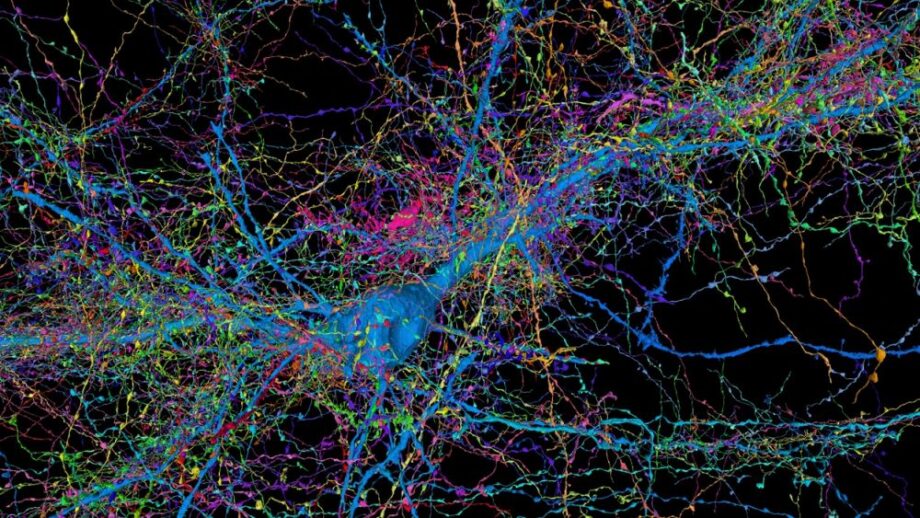Exploring the intersection of technology and neuroscience, the question of whether computers can replicate the complexity of the human brain has intrigued researchers since the 1940s. Now, the focus is shifting towards using machine learning to construct computational models that mirror brain activity. This transition is fueled by a wealth of data, including connectomes mapping neuron connectivity and morphology since the 1970s.
Despite challenges in integrating various data sources and capturing the full complexity of the brain, machine learning shows promise. Training artificial intelligence on connectomes and diverse datasets opens possibilities for replicating biological neural activity. The synergy of traditional brain modeling techniques with machine learning, drawing from extensive datasets, could enhance the precision and depth of brain simulations.
The journey to map brains began half a century ago, notably witha 15-year endeavor mapping the roundworm Caenorhabditis elegans. Recent decades have seen breakthroughs in automated tissue sectioning, imaging, and computational analysis, resulting in connectomes for organisms like C. elegans, Drosophila melanogaster flies, and minute portions of mouse and human brains.
While anatomical maps have made strides, challenges persist. Current imaging methods struggle to map both electrical and chemical synaptic connections at scale, and the role of non-neuronal glial cells in information flow remains unclear. Yet, these maps have already offered insights into neural circuits governing behaviors in organisms like D. melanogaster and zebrafish larvae.
As researchers strive towards a complete mouse brain connectome, advancements in capturing gene expression patterns and neural activity provide valuable tools. Technologies like single-cell transcriptomics
Source Nature

